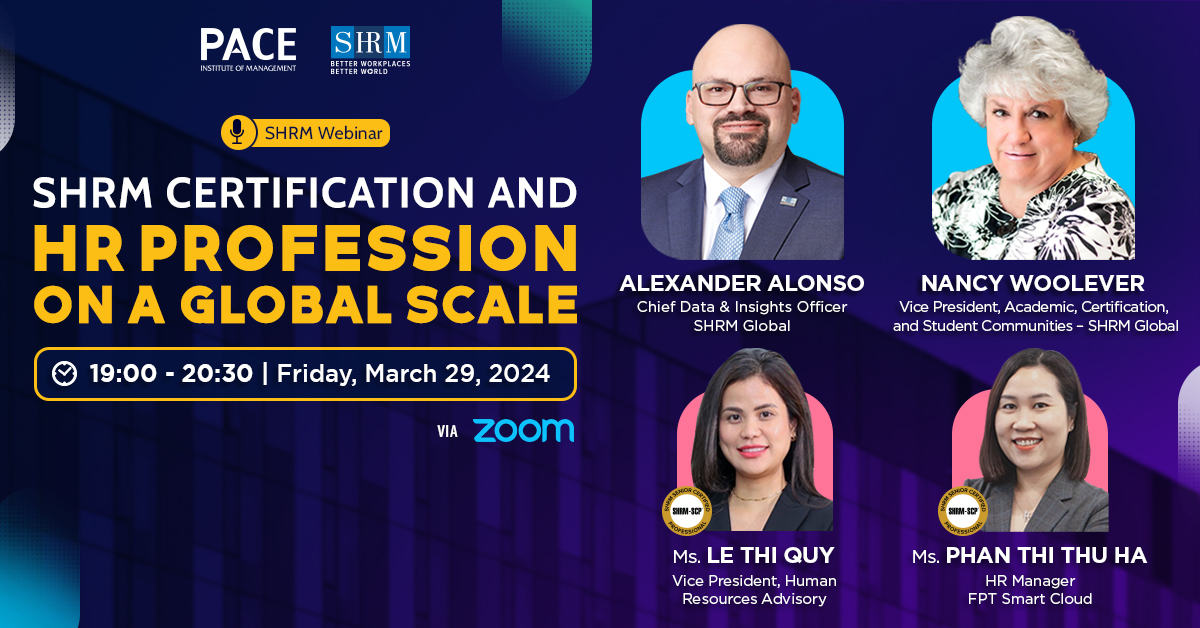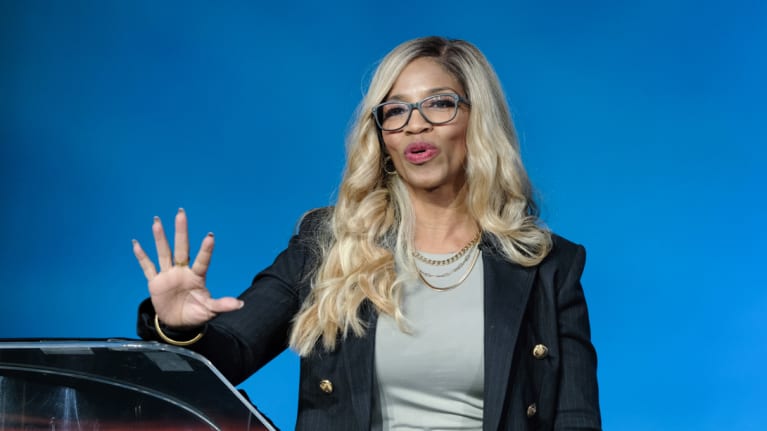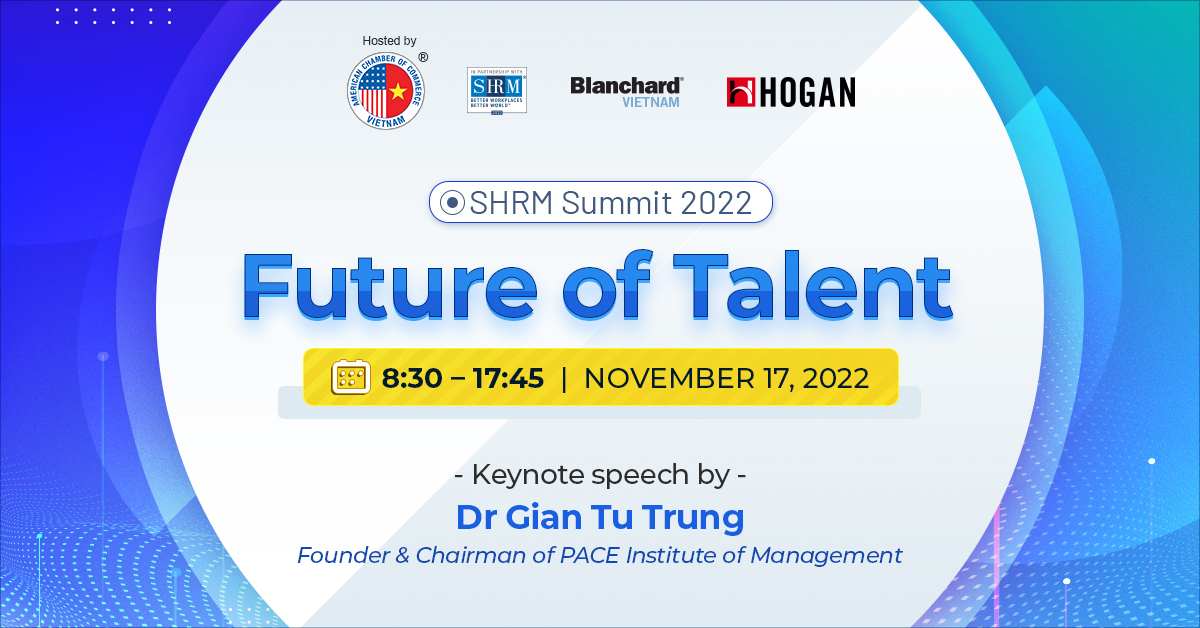5 KEYS TO EARNING SUSTAINED LOYALTY FROM YOUR EMPLOYEES
Companies with a highly engaged workforce outperform those without by 147 percent. Read that again—147 percent. Yet worldwide, few brands have succeeded in realizing the bottom-line benefits of happy, loyal employees. In fact, Gallup reports that almost three quarters of the global workforce is actively disengaged, representing $7 trillion in lost productivity.
To reap the undeniable bottom-line profits of a highly engaged and loyal workforce, CEOs must empower—and fund—talent, brand and employee experience teams to deliver on the expectations of today's employees. A new strategy is in order. A global survey of 11,000 HR execs agreed, concluding that traditional employee engagement strategies aren't effective, and as a result, 75 percent of brands struggle to attract and retain top talent.
Having strengthened millions of relationships for brands and causes worldwide, we've identified five critical steps to achieve the sustained loyalty your business needs.
To reap the undeniable bottom-line profits of a highly engaged and loyal workforce, CEOs must empower—and fund—talent, brand and employee experience teams to deliver on the expectations of today's employees. A new strategy is in order. A global survey of 11,000 HR execs agreed, concluding that traditional employee engagement strategies aren't effective, and as a result, 75 percent of brands struggle to attract and retain top talent.
Having strengthened millions of relationships for brands and causes worldwide, we've identified five critical steps to achieve the sustained loyalty your business needs.

1. Invest in the Complete Employee Journey
While marketing teams have had to rapidly evolve to the changing needs of their customers, talent teams have been arguably slower to adapt. Why? Executives are partly to blame. We value bottom-line results — including market growth, customer acquisition, and customer loyalty — while employee investments still fall into the "nice to have" budget item. Arianna Huffington says it best in her book, Thrive: "We pay a heavy price—both personally and collectively—when we treat employee engagement and profitability as separate."
Across the board, research proves that an engaged workforce leads to loyal customers, period. Rewards like benefits, trendy perks and a competitive salary are now a given. Staying competitive now requires a top-down, holistic investment in the entire employee journey, to get employees achieving results faster and to extend their lifetime value. For some companies, that means that attracting and keeping top talent can no longer fall solely on the HR director's plate—it becomes a shared responsibility spanning talent, brand and customer experience teams.
Getting better engagement results also requires teams to truly understand their people, and their respective motivations, on a deeper level. Companies should leverage human-centered insights instead of relying on annual engagement surveys and performance metrics that tell us little about what your workforce really needs to give 100 percent.
2. Ditch the One-Off Campaign
The state of affairs of employee engagement in most companies remains choppy. One-off campaigns like annual giving and wellness challenges continue to dominate, which do little to sustain employee loyalty once the fanfare subsides.
Case in point: Recent studies show that boosting employee wellness can pay dividends for productivity and workplace happiness. Enter the one-off wellness campaign. For a few weeks out of the year, teams rally around a shared wellness goal—such as consistent exercise and increased water consumption. Perks are awarded and micro-communities form to generate healthy competition, yet when the campaign winds down, so does the community (and excitement) that temporarily formed—because it's disconnected from a broader culture or community strategy. This is when employees start looking for what's next, and the fluidity to find genuine engagement with another employer has never been greater.
If sustained employee loyalty is our goal, a better approach is in order. Companies should think beyond the campaign, namely by identifying a common thread that ties the workforce together well beyond product lines, titles or career paths. Then, actively engage your community of employees in the design process—producing experiences that are far more effective at building and sustaining meaningful interactions, forming community, driving knowledge sharing and improving productivity. What sets these experiences apart is that they are grounded in a bigger-than-profit purpose and a deep understanding of your employees' true motivations.
3. Remember that Purpose, Not a Campaign, Is Your North Star
Millennials have a heightened desire to connect to a bigger-than-profit purpose behind their work, to contribute at their potential, and to earn performance rewards that tap their true motivations. Purpose has become the most critical market differentiator of our time—but it's also your most valuable talent recruitment and retention tool.
In recent studies, more than half of workers said that the way their company markets its purpose doesn't reflect reality, contributing to distrust in leadership and reduced productivity. Many brands have succeeded in articulating a purpose, but they fall short of the heaviest lift that positions it as a true north star for the company—embedding it across your organizational culture, work environment and employee experience.
For more than 40 years, Southwest Airlines has shared company profits with its workforce. But if you asked any of its 46,000 employees what kept them excited to go to work every day, their answer would have had little to do with money. The company operationalized its purpose throughout the company culture by tying exceptional service to profit. Equally important, it used the power of storytelling to reward high performers—embedding the purpose across the employee journey.
Each week, CEO Gary Kelly publicly praises employees who've gone the extra mile (no pun intended) to exemplify great customer service. The airlines' in-flight magazine (Southwest Spirit) features employees who go above and beyond, while down-to-earth videos shared internally further encapsulate the company's passion. Purpose was never a marketing campaign for the airline. It's the north star guiding its everyday decisions and behavior across the airline's workforce.
4. Let Your Team's Aspirations Guide You
When we design engagement strategies grounded in purpose and aligned to employee's underlying aspirations, productive, loyal, high-performing teams can emerge.
Sometimes, appealing to team members' aspirations means shaking things up a bit to liberate talent from established silos or job titles. This philosophy has been paramount to Microsoft CEO Satya Nadella's leadership success. He led the company to reorganize itself around aspirational goals like reinventing productivity—in other words, he let aspirations guide the employee experience design. This was a giant leap from the company's traditional, linear method of organizing teams around product lines. The resulting cross-business communities that emerged helped elevate innovative ideas faster and more collaboratively than ever before.
This raises an important question: How can you align your employees' aspirations to your business goals? There are six Aspirational Roles at play inside any workforce, anywhere in the world. These roles don't neatly align to job titles or career stages. Instead, they align to an individual's beyond-the-job aspirations, offering clues about their true motivations.
Let's play this out with a business goal like Microsoft's "reinventing productivity." If you activated employees to tackle this goal by job function, your obvious choice would be to focus on staff in operations. Instead, what if you tapped "Curators" to translate future trends in high-tech productivity, engaged "Builders" to improve systems design, and "Connectors" to be your frontline recruiters for systems adoption?
Aspirational Roles have proven effective for building sustained engagement for myriad communities, from a Fortune 100 workplace to a grassroots social change group. This framework helps companies discover what roles are in their workforce, and which are best aligned to your most acute business goals. They can then be used to design experiences that tap those roles to cultivate a mutually satisfying, long-term relationship, which is the secret ingredient to a high performing, loyal workforce.

5. Reinforce with Cultural Cues
Culture and perks will continue to play a critical role in attracting and keeping top talent. The difference is that cultural cues become a reinforcing element to robust, thoughtful employee experiences, rather than the only carrot we dangle.
Consider Squarespace, the popular platform-based website builder. They offer great perks to their workforce: flexible PTO, catered meals, stocked kitchens and the "nap space." But the perks aren't the point. The company's flattened leadership style and open communication culture does double duty. It directly fosters collaboration—a key ingredient to sustained revenue growth—and it satisfies those hungry to build an authentic relationship with their employer.
Bright and shiny perks will catch the attention of top talent for a while, but inevitably their hunger to contribute, grow and be part of a community will always win. As CEOs, we have a responsibility to make a sustained investment in our workforce. In fact, if we don't, we are increasingly at risk of losing our competitive edge in the marketplace. By identifying and applying the aspirational roles employees fulfill, business leaders can empower employees to make powerful contributions that drive lasting business impact.
SOURCE: SHRM.ORG
|
Training Program
INTERNATIONAL HUMAN RESOURCE MANAGEMENT/IHRM
Internationalize the human resource management capabilities of HR professionals in Vietnam Opening Date: March 14, 2019 in HCMC |










